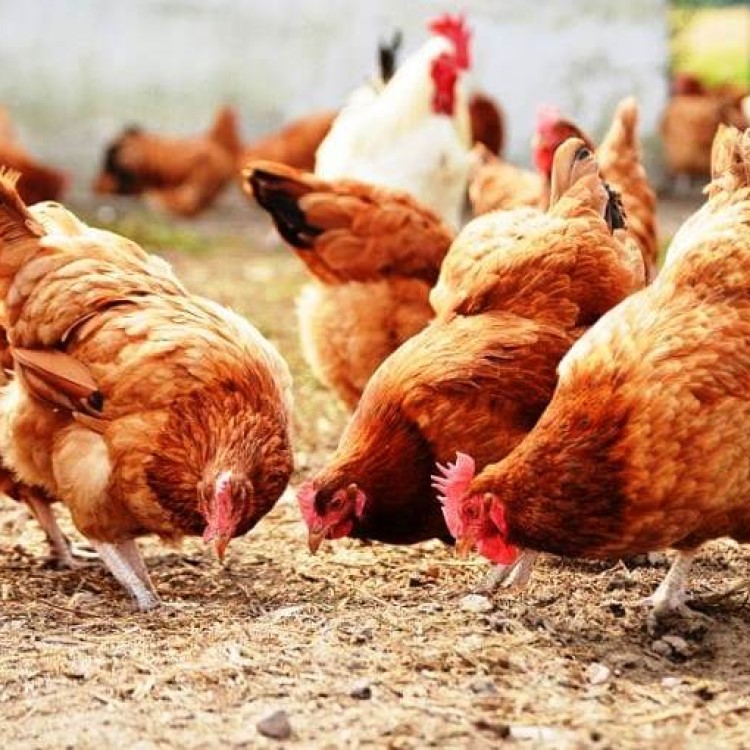
Scientists track emergence of novel H5N1 flu reassortant in Cambodia
On Nov. 6, 2024, researchers from the Pasteur Institute in Cambodia published a detailed genetic analysis of the novel H5N1 reassortant, which yielded new details on the spillover timeline and emphasized the need for stepped-up surveillance.
Toward the end of 2023 as Cambodia faced a dramatic rise in human H5N1 avian flu cases, the country’s scientists identified a novel reassortant that combined genes from an older 2.3.2.1c clade known to circulate in Southeast Asia with internal genes from the newer 2.3.4.4b clade that has spread globally, infecting a wide range of animals, even reaching Antarctica.
After almost a decade with no human H5N1 cases, Cambodia experienced a startling rise in infections, with 16 cases reported from February 2023 to August 2024. Investigators found that patients had contact with sick poultry or poultry environments. At least three of the patients died from their infections. No human-to-human spread was reported.
The surge in human cases underscored the ongoing threat from avian influenza viruses to global health security, and despite the global attention on the expanded host range of the 2.3.4.4b clade, 2.3.2.1c remains a concern in Asia, where both clades cocirculate.
Tags:
Source: Center for Infectious Disease Research & Policy, University of Minnesota
Credit:
